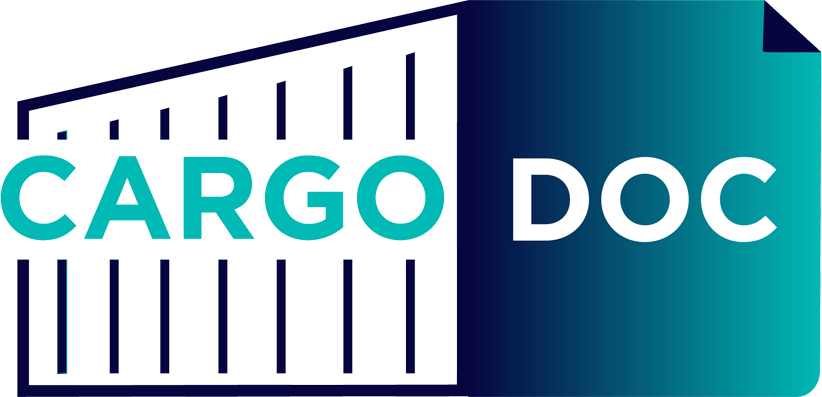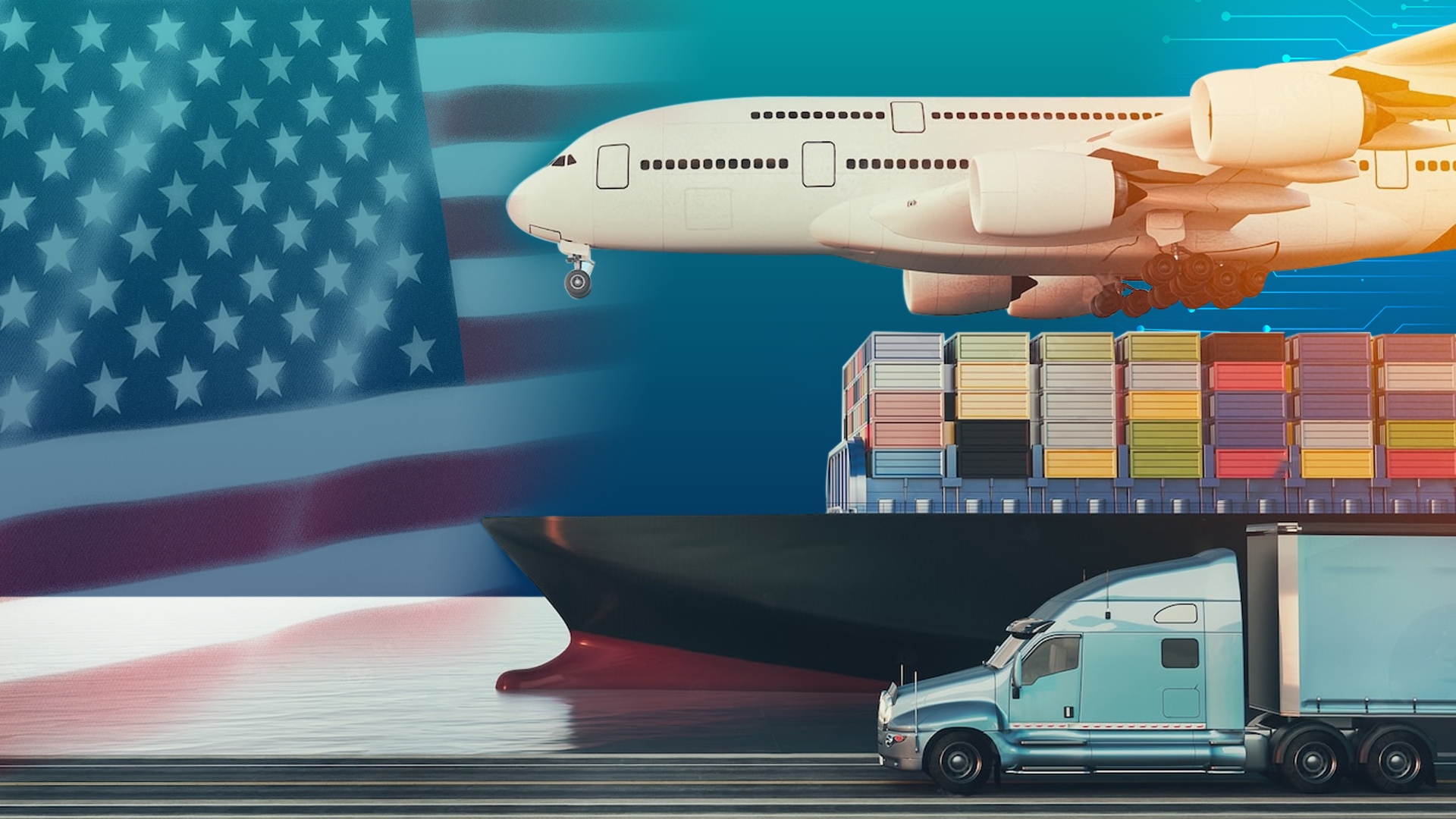The U.S. DOT’S MISSION is to deliver the world’s leading transportation system, serving the American people and economy through the safe, efficient, sustainable, and equitable movement of people and goods.
Let’s look at how this will affect the supply chain for the rest of the world and how data automation can help you keep up with the latest advancements
Will the strategic goals of the DOT combat the US Supply Chain Challenges?
Top four US Supply Chain Challenges
In truth, the U.S. plays a huge role in the supply chain. This means that unchecked issues will create ripple effects in the global logistics industry. In a recent Soft Freight Logic article we look at the four challenges faced in the US Supply Chain Industry.
Depleted Labor Force
It was stated that most employees of the supply chain industry are old by the communique published at the 84th Inland Transport Committee Roundtable. It further stated that replacing them becomes difficult once they leave the job as these positions are mainly for field officers and drivers.
Delayed Production delivery
The widespread labor shortages in the U.S. has made it difficult for manufacturing companies to continue at their 100% production capacity. For instance, earlier in 2022, Stellaris, the world’s 4th largest car maker, mentioned that raw resources such as metals would continue to challenge the sector.
Visibility Problems
According to a report published by Capgemini, 72% of manufacturing companies are faced with the colossal challenge of monitoring their end-to-end supply chain. Compounded with the initially listed challenges, taking and keeping an inventory of stocks on the move, predicting consumers’ demand becomes more challenging.
Technological Advancement
In 2022, companies in the supply chain and logistics industry are looking to invest in Artificial Intelligence to solve pending issues. Experts are also turning to the possibilities of integrating the metaverse concept in the industry.
Technological influence has been channeled towards solving the challenges across all the industry sectors, from cargo transport to last-mile delivery. Currently, there is a steady pace in clearing several backlogs of demands through technological inventions.
What is the US DOT’s strategic goals to combat these challenges
Safety
Ensuring that everyone can use their transportation system safely. Advance a future free of fatalities and serious injuries due to transportation.
Economic strength and global competitiveness
Develop a sustainable and inclusive economy. To give American workers and businesses dependable and effective access to resources, markets, and well-paying jobs.
Equity
Lessen disparities in transportation systems’ impact on communities. Support and involve people and communities in promoting opportunities and services that are safe, affordable, accessible, and multimodal while minimizing transportation-related inequities, negative community impacts, and health effects.
Climate and sustainability
Making sure that transportation is a key component of the solution to the climate challenge. Build more durable and sustainable transportation networks, drastically cut greenhouse gas emissions, and pollution caused by transportation for the benefit of and protection of communities.
Transformation
Modernize the transportation system of the future to satisfy everyone’s needs both now and in the decades to come by investing in purpose-driven research and innovation.
Organisational Excellence
Develop inclusive and innovative policies, procedures, and a culture that supports the Department’s goal in order to effectively serve communities and prudently manage public resources.
How will the strategic plan meet the departments objectives
The Biden-Harris Administration’s aims to take strong action to fulfill the needs of American families and tackle the most pressing problems that are closely aligned with this Strategic Plan. The COVID-19 pandemic must be contained, the economy must be stabilized, climate change must be addressed, racial fairness must be advanced, and America’s international status must be rebuilt.
U.S. DOT is putting Presidential Executive Orders into effect to address these priorities.These Executive Orders order Federal organizations to take prompt, decisive action to address issues affecting American families. Various priorities are addressed through executive orders, including;
- Ensuring the health and safety of employees and travelers
- Providing financial assistance to alleviate the COVID-19 pandemic’s consequences
- Increasing the resilience of supply chains, fostering economic competition, solidifying American leadership in clean vehicles, and encouraging domestic manufacturing and innovation
- Addressing the climate crisis and restoring scientific integrity
- Enhancing cybersecurity while safeguarding personal information and civil rights
- Affirmatively enhancing diversity, equity, inclusion, and accessibility in the federal workforce as well as racial justice, equal opportunity, and civil rights
What are the top 7 objectives used by the DOT that can be adopted in Supply Chain organization
- Critical infrastructure cybersecurity
- System reliability and connectivity
- Expanding Access
- Path to Economy – wide Net-Zero emissions by 2050
- Sustainability
- Customer service
- Flexibility and Adaptability
How is the DOT adopting Diversity and Inclusion in their current strategies
They are doing this by promoting the U.S. DOT as a model of diversity, equity,
inclusion, flexibility, accessibility, and excellence. Increased efforts to find, develop, hire, and keep a diverse workforce among new employees and the Senior Executive Service, with a focus on women, people of color, and people with disabilities.In order to broaden the diversity of recruiting pools, promote the use of unconventional talent pools and make sure underrepresented groups have easier access to the hiring process. Increase the utilization of the U.S. DOT’s pathway programs to bring in early career professionals and recruit, hire, develop, and retain students. Create a whole U.S. DOT equity training program with diversity, equity, inclusion, and accessibility as its guiding principles.Through mentorship, coaching, and formal development programs, provide a range of chances for professional growth for all grade levels.
How can these strategies benefit your organisation
One of the main strategies that organisations can look into would be by strengthening the usage of informed data that will drive decision-making. This approach can be applied for safe systems and safety management systems for all transportation modes. Using data and data analytics can be used to address emerging safety risks and support compliance. Supply chain organisations can ensure necessary tools, processes and people are utilised to collect data with high accuracy and confidentiality. Collaborating across public and private sectors that will foster an innovation system based on open data can help achieve different changes in the transformation system necessary to reach infrastructure, technology, and problem solving loop holes in the industry. Further improving transparency and data sharing to the public may lead to a positive customer service for organisations that believe to deliver responsive, efficient and accessible services
Announcement of the USDOT planned project aiming to create a digital tool that gives companies information on the condition of a node or region in the supply chain, is an initiative known as the (FLOW) Freight Logistics Optimisation works.
How SFL and CargoDoc can help
SFL is a platinum partner of CargoWise which is customisable to suit our customers operations and needs. Digitally Elevate your business by automating the Delivery Release Order process to reduce port congestion, increase road transport operations, improve customer service, reduce mundane tasks and create more growth opportunities.
CargoDoc is an AI Powered OCR system that will reduce your manual data capturing allowing you to improve your digital transformation in the Industry and keep up with the Technological Advancements. Automate your customs and AP operations and improve data accessibility and accuracy between departments and clients.


